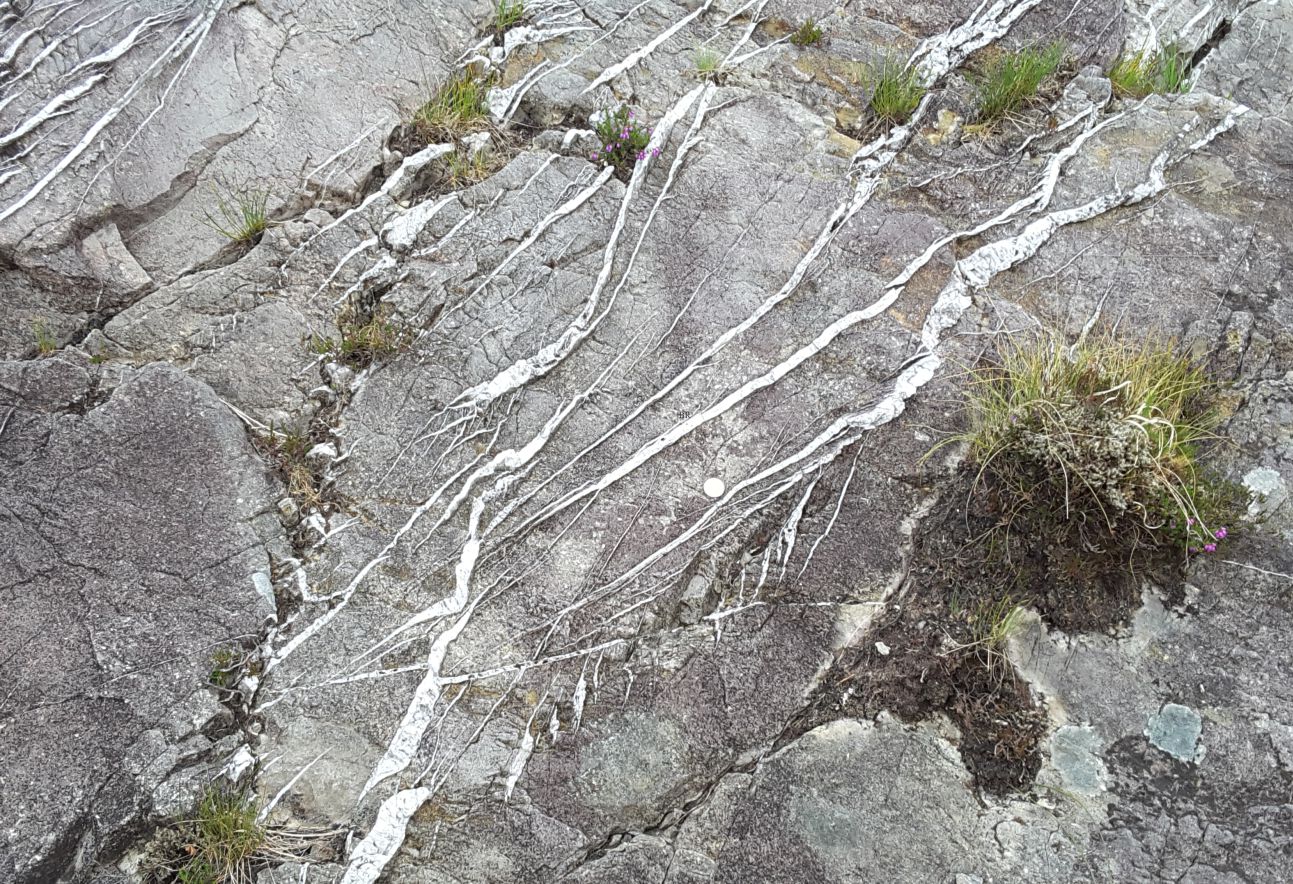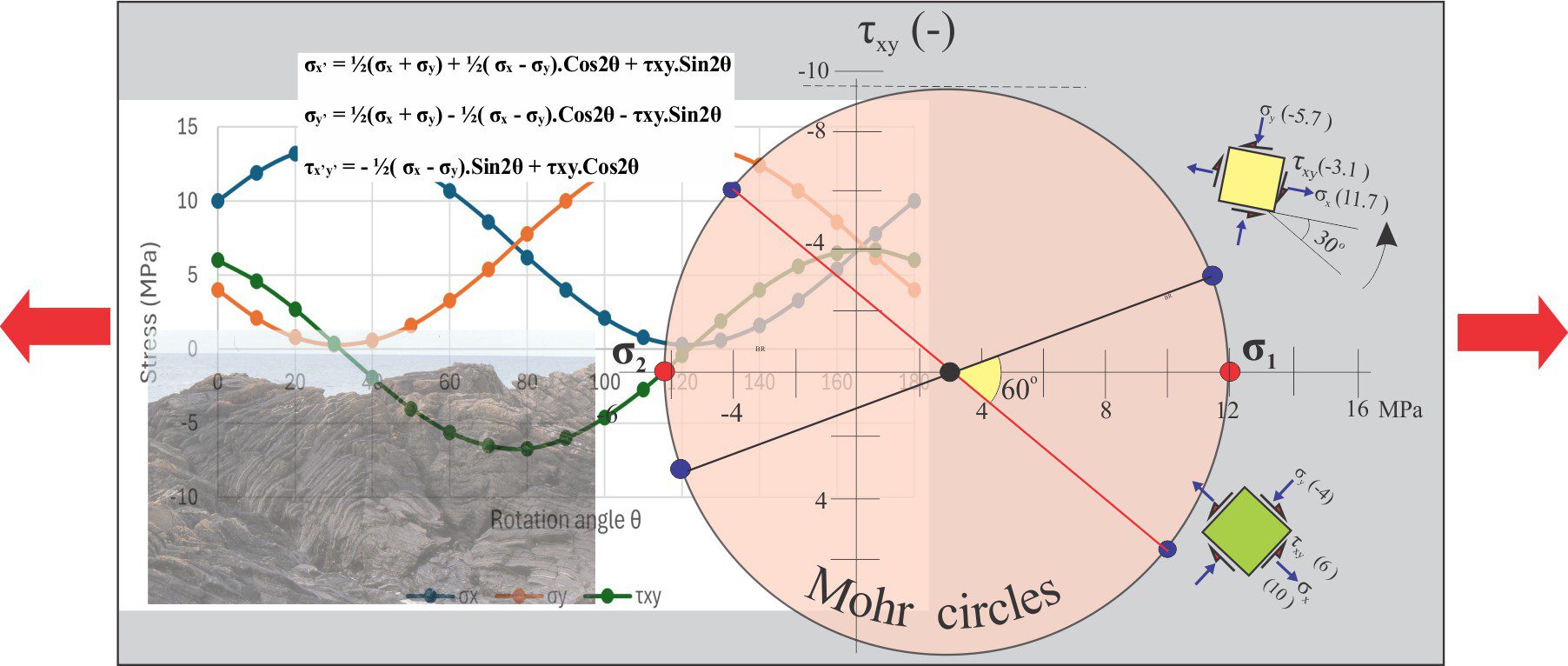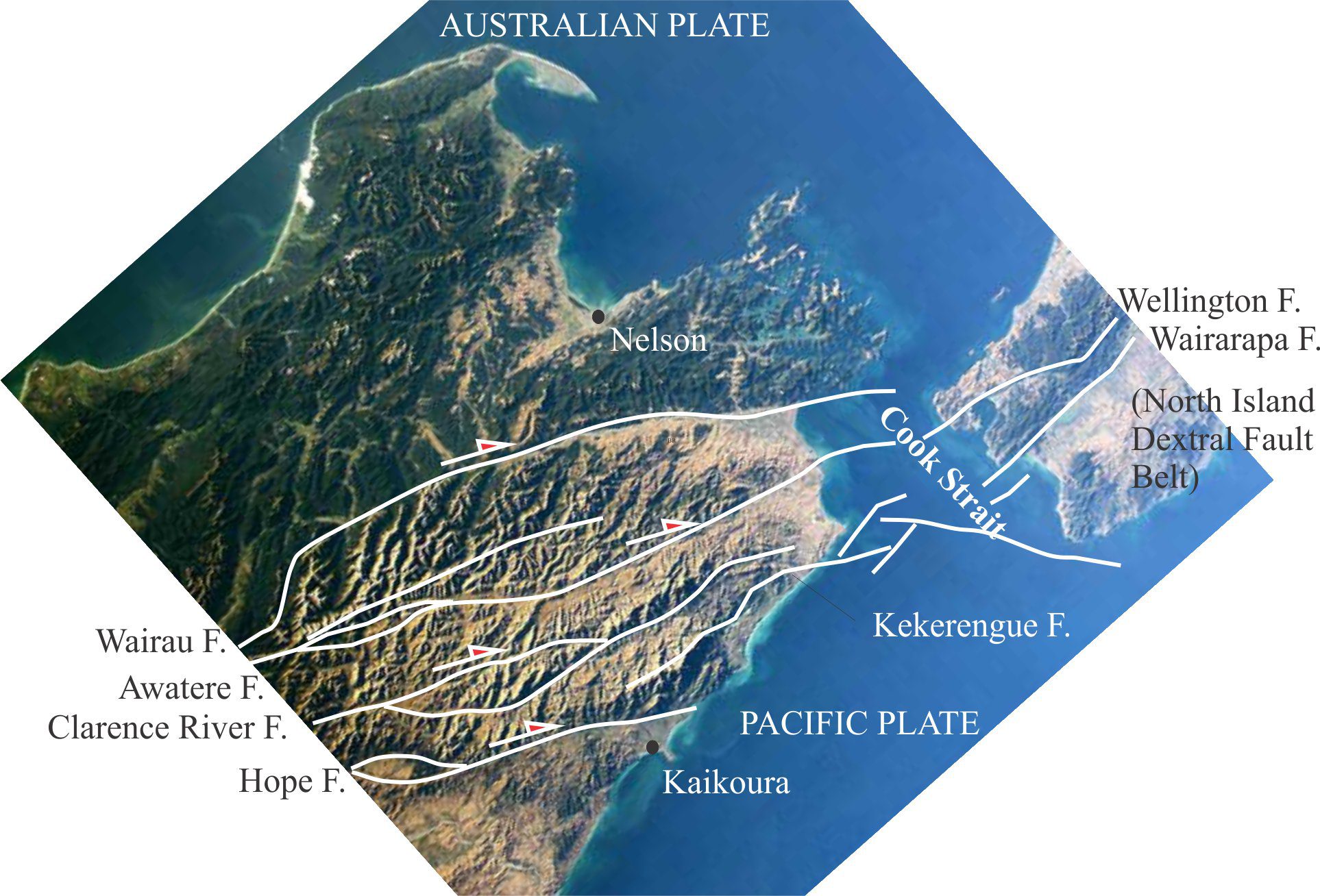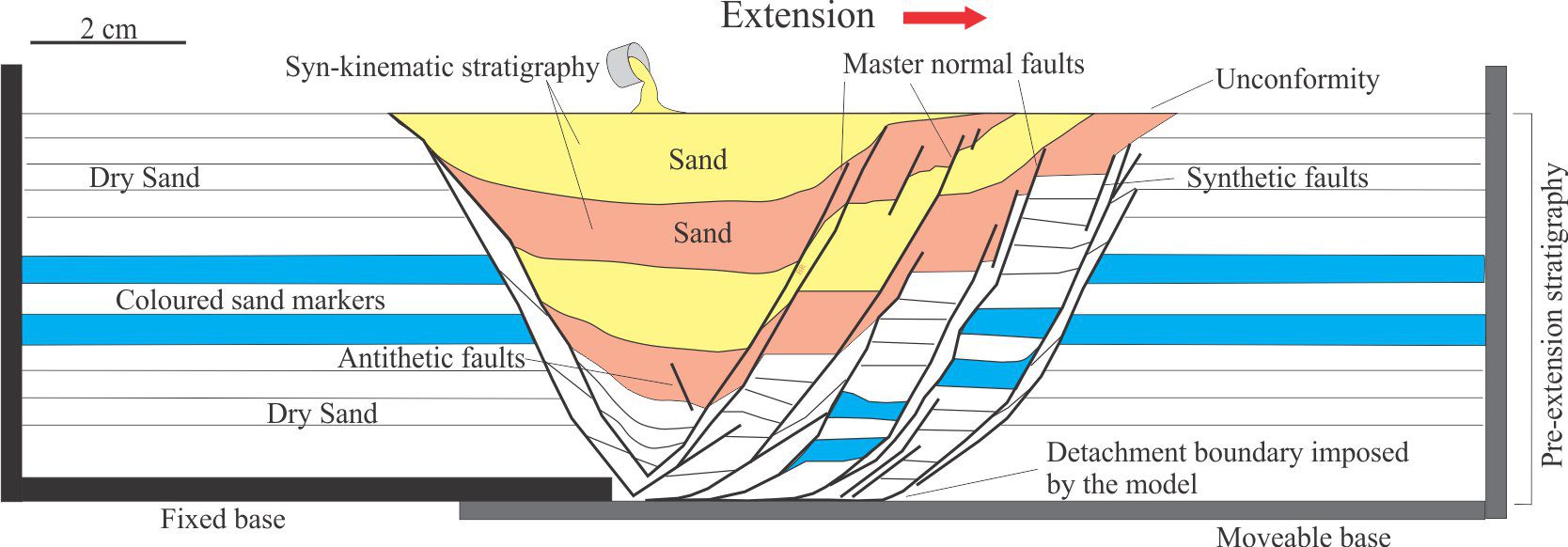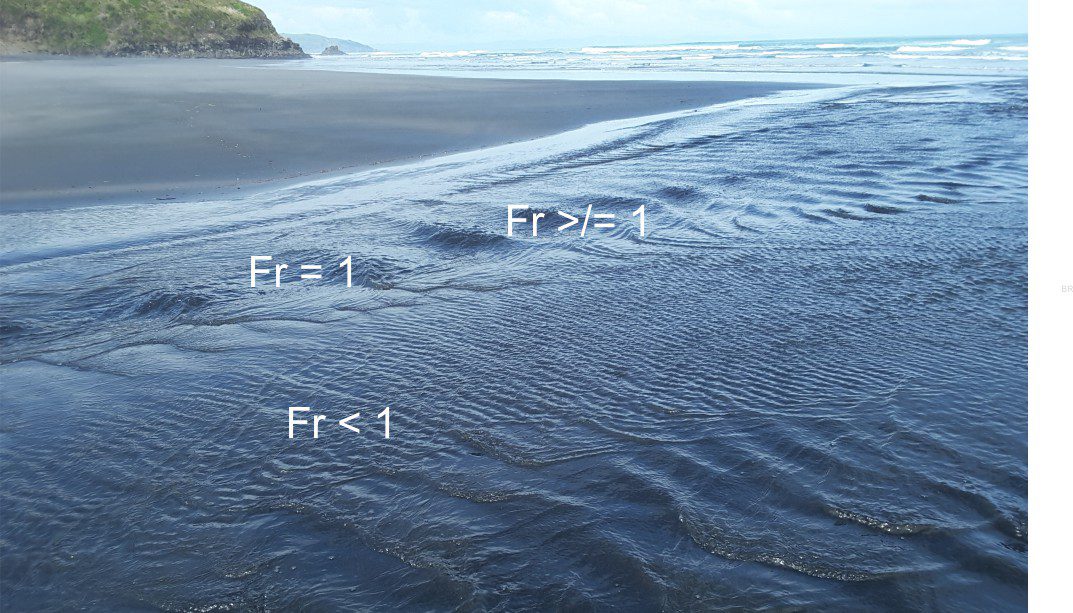Practical and philosophical ways earth scientists interpret ancient environments, climates, oceans, volcanoes, fossils, earth events
How Geologists Interpret Ancient Environments #1. Getting started
How Geologists Interpret Ancient Environments #2. Ruffles and Desiccation
How Geologists Interpret Ancient Environments #3. A Philosophical Interlude
How Geologists Interpret Ancient Environments #6. When Time Goes Missing
How Geologists Interpret Ancient Environment. #7 Budget Surpluses and Budget Deficits
How Geologists Interpret Ancient Environments. #8 A Forty Million Year Old Fossil Forest
How Geologists Interpret Ancient Environment, #9. The Oil Kitchen Rules
Marrying Fossils, Isotopes and Geological Time
Submarine landslides; danger lurks in the ocean deep
When nature casually flicks a finger at us
Liquefaction; more than a sloppy puddle at the beach
Biomarkers; forensic tools for hydrocarbon fingerprinting
The (not so) Great Dying; Permian extinctions
Burnt soles: black sand beaches in New Zealand
Darwin Day, with apologies to Abraham Lincoln
Polar bears do not live in the Antarctic, there are no Penguins in the Arctic. The asymmetry of the poles
Ropes, pillows, and tubes; modern analogues for ancient volcanic structures
Rip currents – you have been warned
Crème brûlée, jelly sandwich, and banana split; the manger a trois of layered earth models
The Burrens of County Clare; An understated beauty
Tidal waves; prisoners of celestial forces
Bluebottle entanglements; or how to ruin your day at the beach
Difficulty breathing: The Atacama salt lakes
